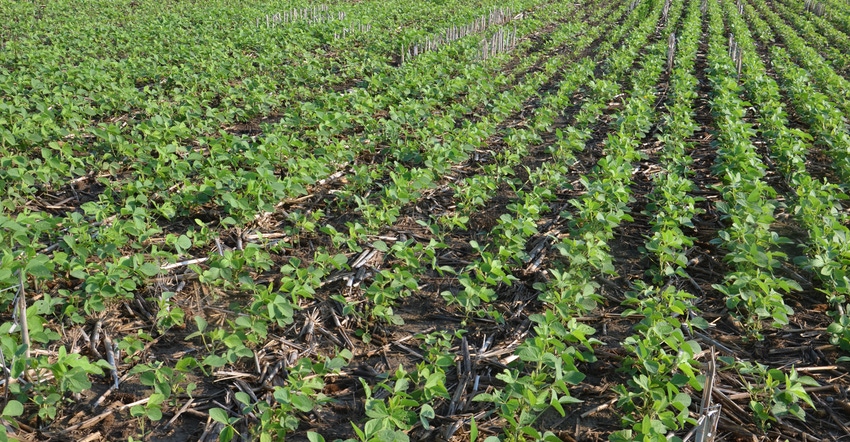
You may not understand all the ins and outs of gene mapping, or the mapping of genomes. You don’t have to know everything about it to realize it’s important. NRGene, an Israel-based giant in gene mapping, has constructed a soybean genome database that reveals the diversity in soybeans. NRGene is sharing the database with major players in soy research and breeding around the world. The result could be a faster path to new, higher-yielding lines of soybeans. That’s the part you need to understand.
Researchers have searched for diversity in soybeans to develop new lines for a long time. The new soy genome diversity-haplotype database established by NRGene gives commercial and academic researchers and plant breeders insights into existing genomic diversity in soybeans that they never had before.
NRGene has mapped 400 genomes in plants, animals and the human health sector in the past two years. The company uses a variety of trademarked technologies, including GenoMAGIC, to complete these genomes. A genome reveals the entire genetic makeup of a plant or other organism.
The new database contains what are called “de novo assemblies” and “all-to-all comparisons” of 34 varieties of soybeans, covering the full range of maturity groups.
Soybean releases
Several seed companies are releasing new series of soybean genetics for 2019. NK is releasing a portfolio of 13 new varieties that fit a wide range of environments. Company officials say these new varieties were developed from one of the industry’s largest and most diverse germplasm pools. Data analytics was used to pinpoint high-yielding genetics.
Beck’s rolls out Freedom Plus soybeans. Varieties in this lineup contain tolerance to Liberty, glyphosate and what’s known as “trait 27” — the trait that confers resistance to Balance herbicide. The trait is approved for use in soybeans, but Balance herbicide is not approved at this time. Should it be approved later, growers would have a third mode of action, adding to glyphosate and glufosinate tolerance, to fight resistant, late-emerging weeds. Balance is known in corn as a herbicide that recharges during the season to control later flushes of weeds.
Corteva Agriscience’s Pioneer brand is also bringing out new A-Series soybean varieties with improved genetics.
New pest fighters
Syngenta recently received EPA approval for two different pest-fighting products for 2019. The first is Vibrance Trio, a seed treatment that provides protection from key soybean diseases, including pythium, phytophthora and rhizoctonia. It also creates healthier, more robust roots, spokespeople say. It includes three fungicide active ingredients: mefenoxam, fludioxonil and sedaxane.
The second approval is for a corn insecticide, Force 6.5G. Syngenta says it’s 20% lighter, covers 175% more acres and forms 50% less dust compared to Force 3G. Force 6.5G is specifically designed with high-speed planting in mind.
Low-cost autosteering option
AgJunction introduces Wheelman, saying it can help farmers automatically and accurately steer farm equipment and pay for the unit in one season on as few as 250 acres. The goal is to bring technology used on larger farms to a million smaller farms worldwide, spokespeople say.
Wheelman is a complete, do-it-yourself autosteering system that lists for under $3,500. It’s available for order online, and can be installed on most equipment in under one hour. See handsfreefarm.com.
About the Author(s)
You May Also Like




